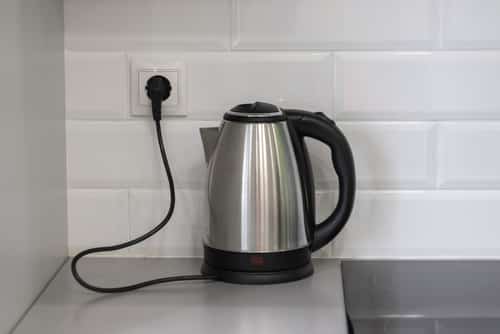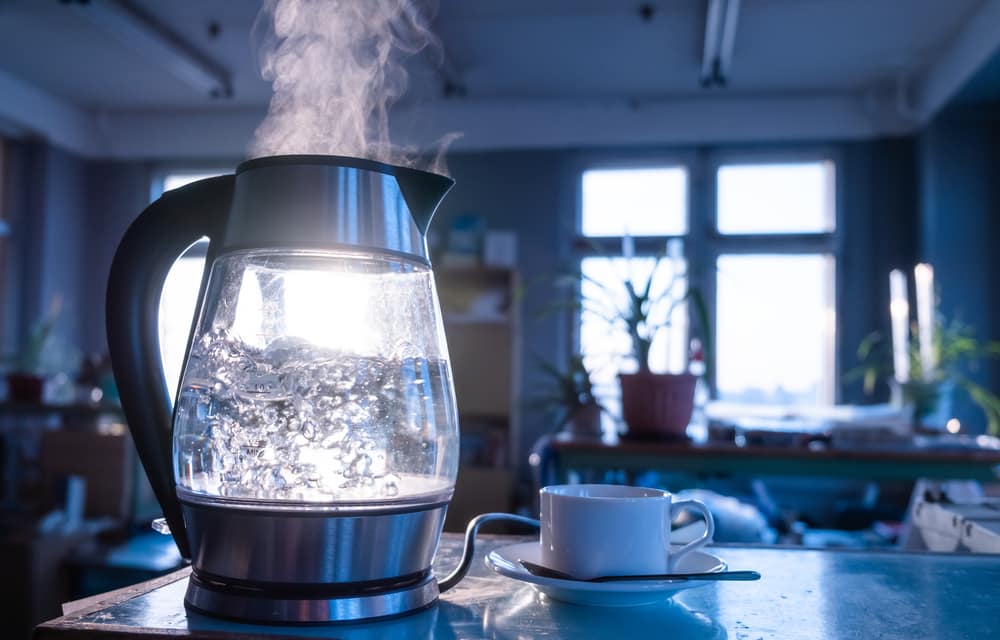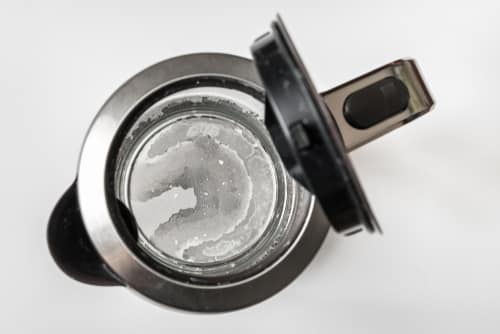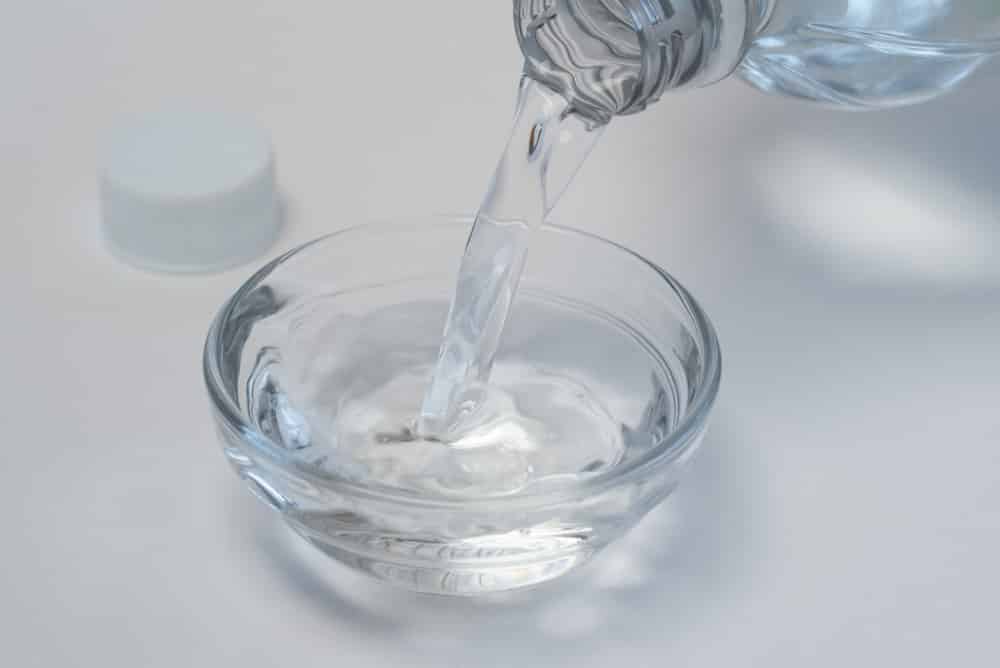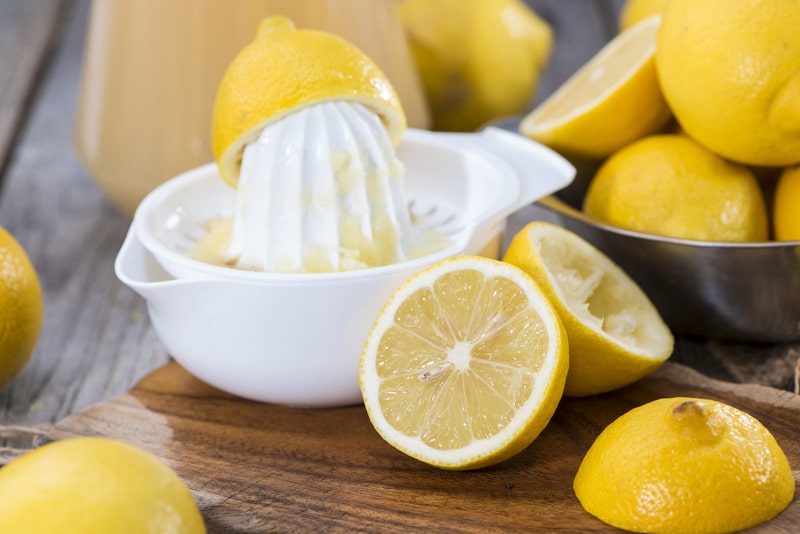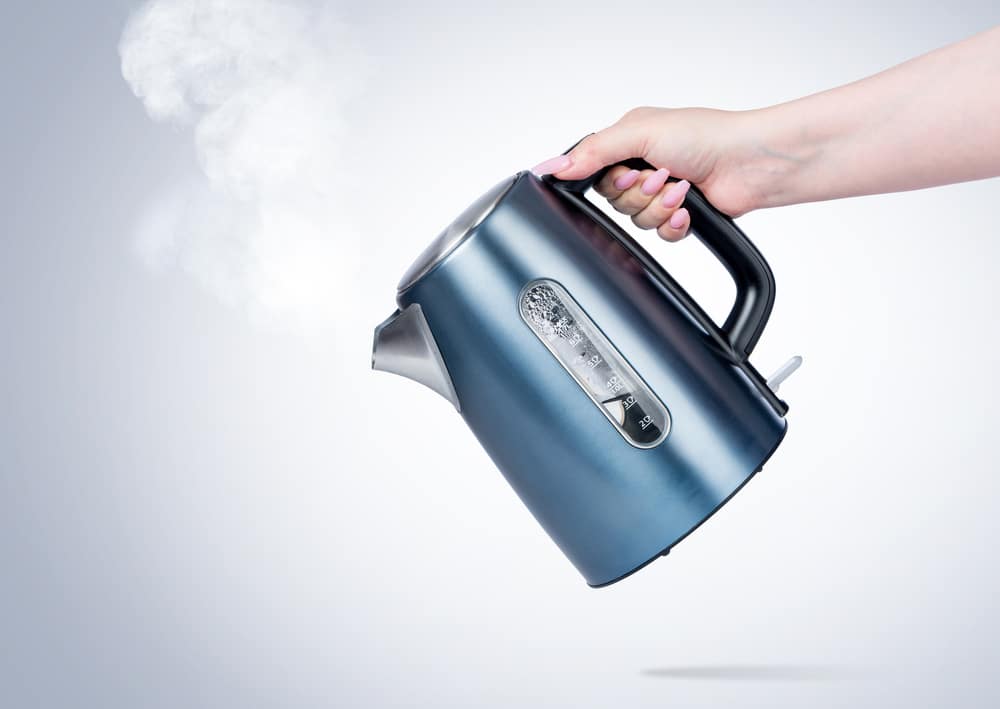
The electric kettle is quite possibly the kitchen appliance that supplies users with the most convenience, especially since it’s the best way to boil water for coffee and tea.
Aside from enjoying the benefits of easily being able to boil water, many people wonder if kettles can be used to boil milk. Honestly, the thought of boiling milk in a kettle may sound a little weird, but the real question is, “is it possible?”
Can You Boil Milk in Electric Kettle?
The short answer is yes! It’s very possible to boil milk in an electric kettle. Although it does sound a little strange, it can easily be done if you have no other way of boiling your milk.
How does one go about it? Actually, it’s quite easy, and note that it’s actually just to warm milk up, not to bring it to the boil. Simply follow these steps to ensure you do it correctly:
- Empty the kettle of any residual water
- Dry the internal part of the kettle
- Add the milk that you want to boil and switch the kettle on
- Don’t let the milk reach the same boiling stage as you would water
- Be sure to switch the kettle off before the milk reaches the boiling point
- If you’re going to use the milk for tea or hot chocolate, the good news is that your drink will be extra creamy
Important Factors to Consider When Boiling Milk in Your Kettle
While using the kettle to boil milk may seem very efficient, it’s important to remember that kettles weren’t designed for boiling milk. With that said, there are a few factors to consider before you start boiling your milk. Here’s what to consider.
- Avoid Spills
Even if you don’t fill the kettle with too much of the liquid, overboiling milk will cause it to spill over out of the top of the kettle. This will not only make a huge mess but may end up in someone getting scalded.
The main reason the milk spills over has to do with the fact that milk has a complex mixture of protein, water and fats which don’t evaporate the same way water does.
This will not only lead to messy spills if the milk overboils but can also lead to a short circuit in the base of your kettle if the area gets wet. In turn, this type of damage will result in the kettle needing to be repaired or replaced.
- Shut Off
Another factor that many people don’t realize is that electric kettles don’t shut off when the milk starts boiling. To illustrate, kettles are primarily designed to automatically switch off if steam reaches the kettle’s top.
Once the steam reaches the kettle’s top, the bimetallic plate expands. This in turn results in the kettle switch tripping.
Milk, on the other hand, doesn’t create the same level of steam because of its protein and fat content. Therefore, the kettle won’t switch off if the milk is overheated and it will simply boil over and spill.
- Milk Residue
Furthermore, boiling milk in an electric kettle will leave behind residue. Because of this residue, the kettle will be extremely hard to clean.
This is because the interior of the kettle is not designed for direct cleaning, which means you won’t be able to scrub or use cleaning materials to remove the residue. Excessive residue will also cause the kettle to clog, and the heat sensors may even become covered.
When this happens, your kettle won’t function as it should. This is especially the case if you’re using very creamy milk.
Top Ways to Clean Your Electric Kettle
If you’ve used your electric kettle to boil milk, you might need to give it an extensive cleaning. Also, over time, kettles develop a mineral buildup from the chemicals found in tap water. The process of cleaning this out of your kettle is referred to as descaling.
If you’re only using your kettle to boil water, you’ll only need to descale it once every three months. However, if you live in an area known for having hard water (water with excessive minerals), it might be necessary to descale your kettle more often.
Regularly check the interior of your kettle for signs of build-up minerals. But, since you can’t scrub it or use the usual cleaning chemicals, how should you go about cleaning your electric kettle?
We’ve listed the most effective ways to ensure your kettle remains clean and continues working as it should.
- Vinegar Solution
A vinegar solution is best for descaling your electric kettle and also removing any residual milk as well as protein and fat traces left behind by the milk.
The main reason for this is that vinegar has a mild acidity that’s excellent for cleaning your kettle without harming the interior. Here’s what to do:
- Fill your electric kettle with three parts water and one part vinegar
- Bring the vinegar and water mixture to a boil and allow it to rest overnight
- Empty the kettle in the morning or after at least about six hours
- Fill the kettle with clean water, boil and drain—repeat this step twice to remove any residual vinegar odor or taste
- If you still smell traces of the vinegar, boil the kettle a few more times
Is Vinegar Safe?
Using vinegar is one of the most effective and safest ways to clean an electric kettle.
If you’re not keen on using vinegar in your electric kettle, you can also opt for baking soda. It’s no secret that baking soda has long since been used to clean just about everything around your home. Here’s how to do it:
- Add one to two tablespoons of baking soda to your kettle
- Fill your kettle with water and bring it to the boil
- Switch the kettle off and let it rest for about 20 to 30 minutes
- If necessary, scrub any stubborn limescale using a non-abrasive brush
- Wait until the kettle has cooled down and then rinse with clean water
- Fill the kettle with water and boil, pour out to remove any remaining baking soda
Another effective way to clean your electric kettle is to use lemon juice. In addition to creating a fruity aroma in your kitchen, lemon juice also acts as a natural bleach and antiseptic agent. The steps:
- Pour a tablespoon of lemon juice into the kettle—you can add two tablespoons if your kettle has a lot of limescale build-up
- Add enough water to the kettle to cover the base, but be sure not to overfill
- Switch the kettle off once it has boiled
- Let sit for about 10 minutes
- Discard the water and rinse the kettle
- You can boil the kettle again if you don’t like the citrus fragrance wafting from it
Final Thought
Boiling milk in your kettle is doable if you don’t have an alternative to heat the milk. However, it’s important to ensure that the kettle doesn’t overboil and the milk doesn’t spill over the top.
Furthermore, be sure to give your kettle a thorough clean with either vinegar or baking soda solution before using it to boil water again.
